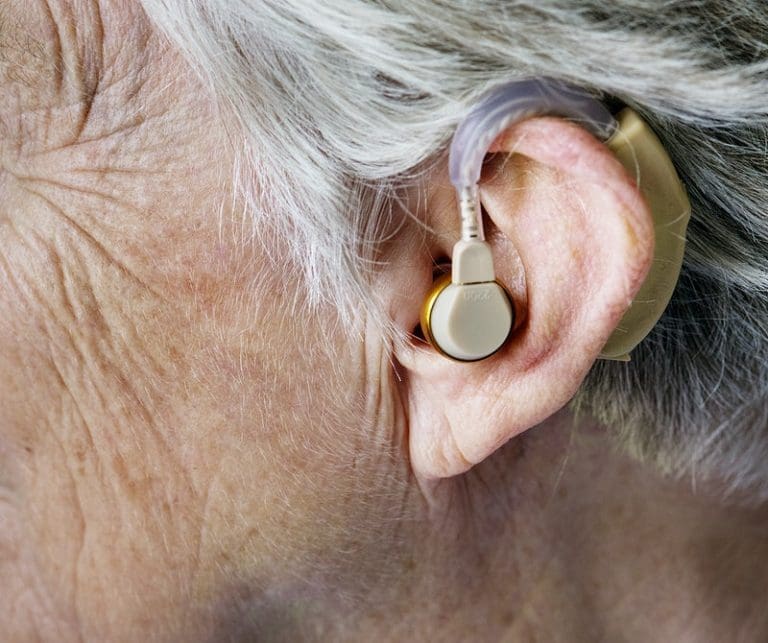In everyday practise, we often get asked: “which is the best hearing aid available?”. This article aims to provide an answer for anyone looking to get hearing instruments for the first time or thinking of getting previous hearing aids replaced.
In an attempt to answer this question, it is a good idea to consider the angle from which the question shall be answered. One thing is clear – technology today is incredible, and the advances made recently are astounding. But premium hearing technology does not guarantee a premium hearing outcome. So, are we looking for the best hearing aid technology or for the best client outcome?
Most of the hearing aids in the market are provided by the “Big Six” – the leading hearing aid manufacturers. All of them produce high-quality devices. The cycles of new releases are comparatively short today and you can expect that the ‘best technology’ is quickly succeeded by another manufacturer after a year or even less. This goes on and on and on.
As a passionate hearing care practitioner, I am not only interested in the technology – I am much more interested in the outcome the technology brings for the individual. So, the first step to an answer is to assess the individual’s hearing situation and identify the goals the person wants to achieve. Some may want to understand better on the TV, in the movies or when using the phone. Another person finds the telephone not very important but would like to understand conversations in noise easier while another one is most focussed on achieving better hearing in business meetings and conferences. The ‘best’ hearing solution is therefore different for each client.
To ‘bake’ good client outcomes, we need some ingredients – and frankly – the hearing aid technology is not the most relevant factor.
Good hearing aids and individual acoustic coupling

Certainly, we need a good hearing aid. It needs to bring all the parameters and features with it that the patient’s goals can be met. One of the very important points is that a hearing aid has an individually made ear mould and is not fitted with a silicone or rubber one-size-fits-all cap. The moulds are like the tyres of a car. A car can be as good as you can get it – but it’s pretty useless when the tyres are flat. A hearing aid fitted with a rubber dome generally doesn’t provide the desired outcome.
Perfect Adjustment
The hearing aid is essentially an off-the-shelf product which contains a computer chip. The setting of this chip may be the most important aspect. It can “make or break” the success of a hearing aid fitting. If programmed incorrectly even the most sophisticated and expensive hearing aid cannot achieve the client’s goals – leaving the person frustrated at square one. A great hearing aid fitting takes several appointments – not one or two.
Wear time
Given we have a great hearing instrument with perfect ear mould and programming – the last ingredient is the time the hearing aid is actually used. Only if hearing instruments are consistently worn will they produce good client outcomes. Ideally, this is from getting up in the morning until going to bed at night. This is because the brain needs to receive consistent stimulation from the ears to learn how to process sounds correctly.


